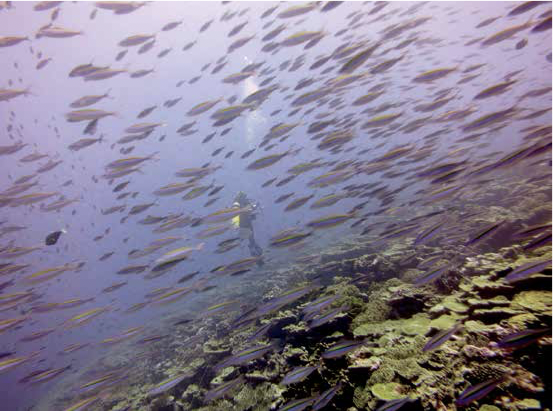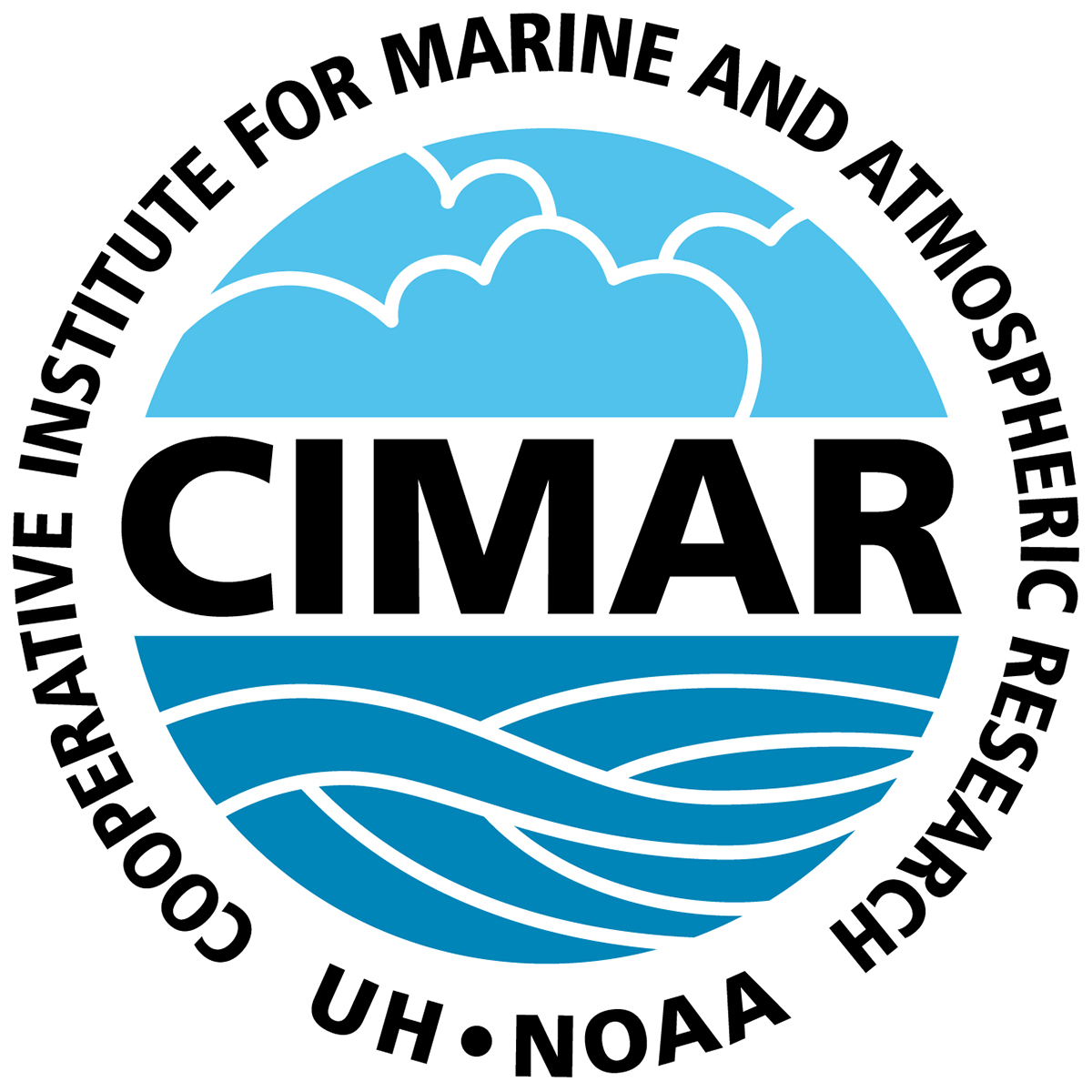Home > Research+Applications > Research Highlights > Research Highlights Archive > Relating Fish Populations to Coral Reef Architectural Complexity
Relating Fish Populations to Coral Reef Architectural Complexity
Structure-from-Motion photogrammetric techniques allow for time-efficient collection of habitat data in the field, which can accompany ecological data on reef fish populations. CIMAR Ecological Research Statistician, Dr. Atsuko Fukunaga, led a team that applied the techniques to a fish monitoring program in the Northwestern Hawaiian Islands (NWHI) and investigated associations between the reef habitats and fish assemblages. The structure of fish assemblage and number of species were, in general, positively associated with the architectural complexity of reef habitats. Higher levels of architectural complexity supported greater numbers of herbivores, piscivores and corallivores. Composition of benthic organisms was, however, important only for the distribution of corallivores, likely due to the reliance of dominant coral-feeding fishes in the NWHI on specific corals (e.g., Acropora and Pocillopora) as their food source. This study highlights the importance of the architectural complexity of coral reefs to the structure of fish assemblages in the NWHI and emphasizes the importance of accounting for its effects when assessing the status of the reef fish populations.
– Fukunaga, A., R.K. Kosaki, K.H. Pascoe, and J.H.R. Burns, 2020: Fish assemblage structure in the Northwestern Hawaiian Islands is associated with the architectural complexity of coral-reef habitats. Diversity, https://doi.org/10.3390/d12110430.


